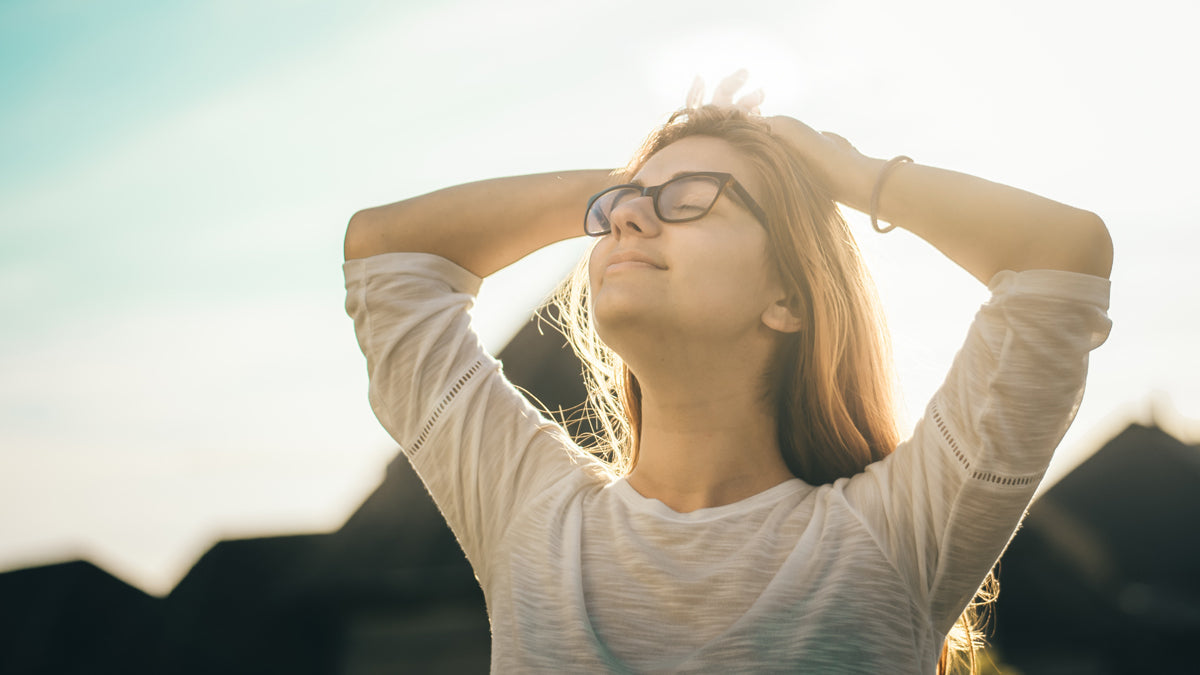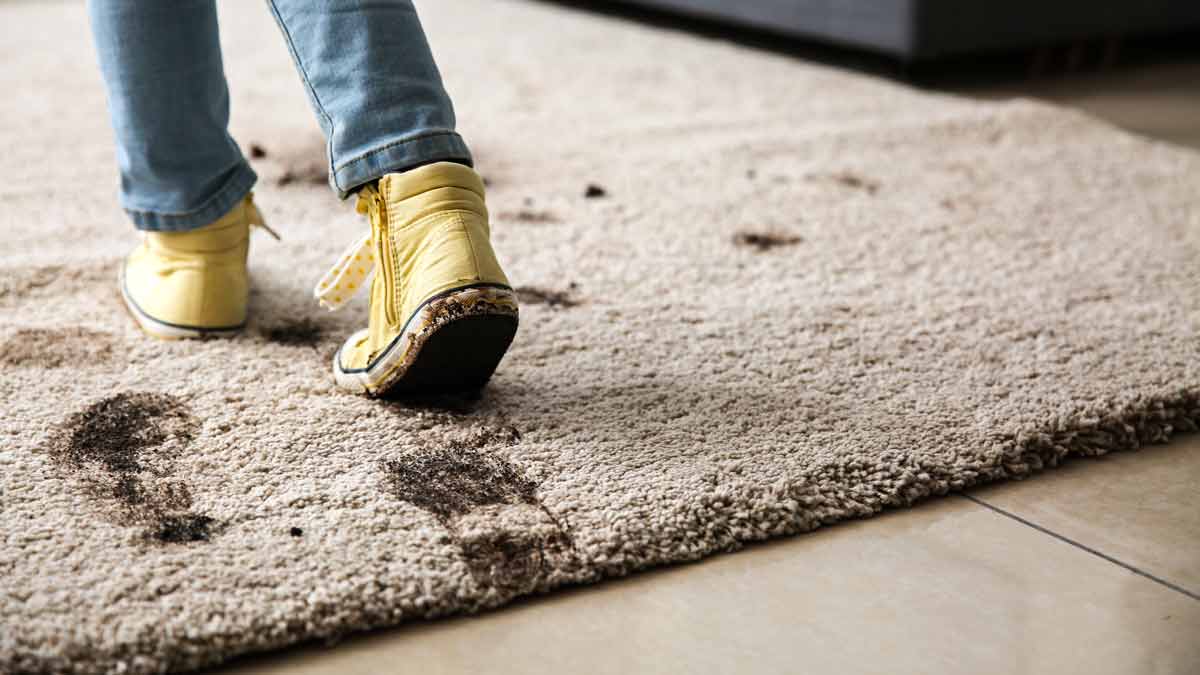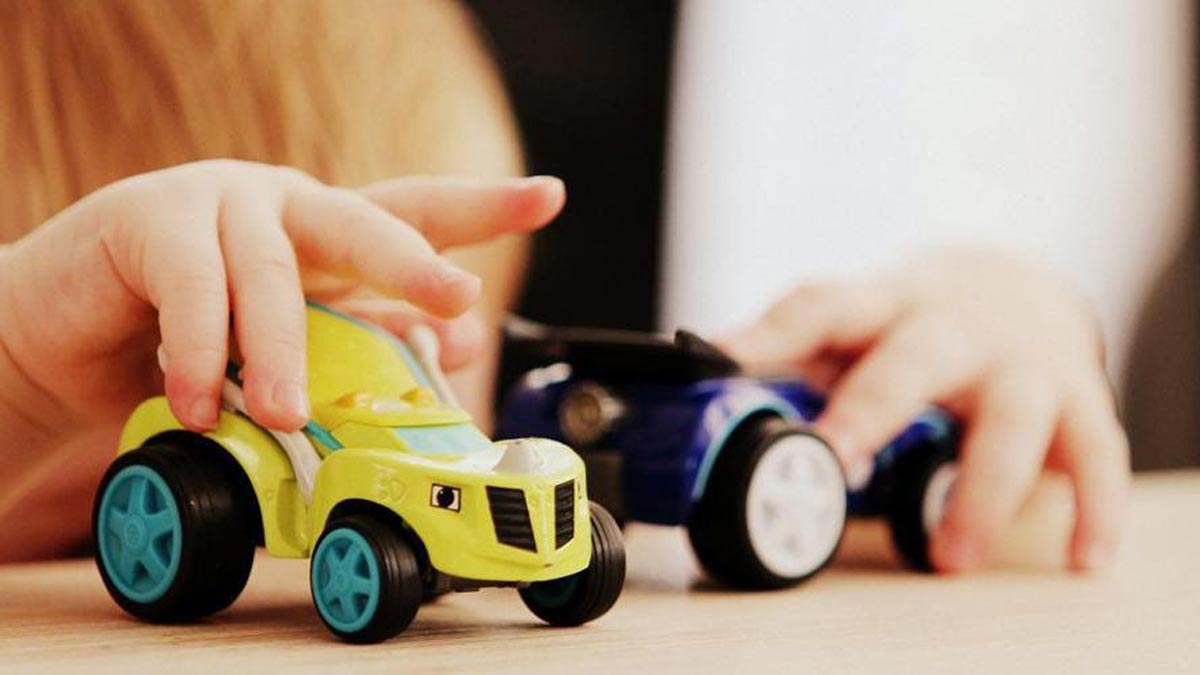
Cleaning 101: Indoor & Outdoor Kids' Toys
Written by Stacey Kelleher. Reviewed by Sean Busch.
As parents of babies and toddlers, it’s important to stay on top of our cleaning game – especially before and after playdates!
Whether you need to know how to clean wood, tackle outside play equipment, or sanitize stuffed animals, we teach you how to disinfect toys without bleach.
Where to Start: Tips for Cleaning Children’s Toys

Even if your home is neat and tidy, toys and play rooms are germy spots in your home that can harbor:
- E.Coli
- Influenza
- Salmonella
- Staphylococcus aureus
- Strep
- COVID-19
During flu season, it also doesn’t hurt to clean and disinfect toys (and other high-touch areas in your home) more often.
1. Start by Tidying up

Whether it's a corner of their bedroom or a dedicated play space, organization is key to reduce clutter and grime.
1. Get Rid of Broken/Unused Toys
Every month, go through toys to discard broken ones. If some are in good condition (but largely unused), consider donating them to charity or neighbors once they've been thoroughly cleaned.
For every new toy they receive, your child should give an old/unused one to charity. In addition to cutting down on clutter, this giving mindset can encourage children to be more charitable and less focused on material possessions.
2. Only Keep a Few Toys out
Allowing a few toys out at a time keeps clutter to a minimum while making clean-up that much easier. If kids want to play with new toys, they'll need to put their other ones away first.
3. Wash Hands Often
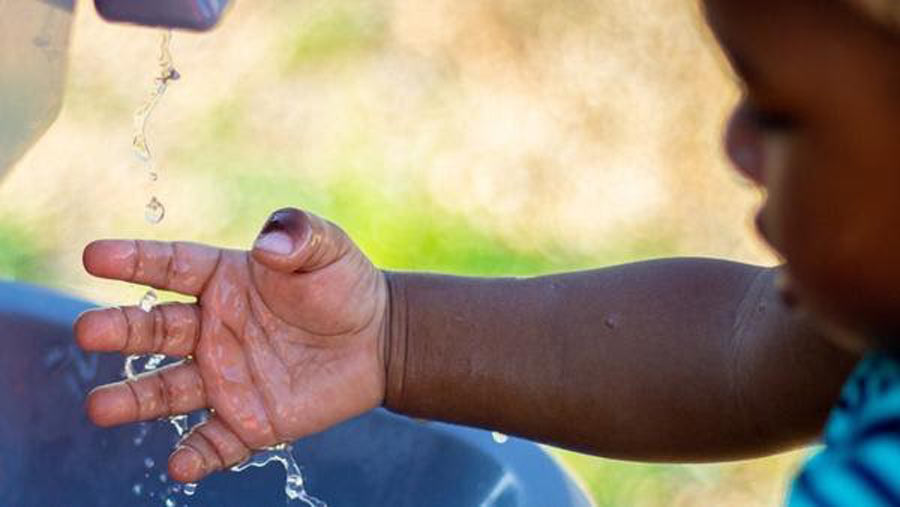
Before and after playtime, children should wash their hands with soap and water for at least 20 seconds. That’s about the time it takes to sing “Happy Birthday” twice – or the Baby, Mommy, and Daddy verses of "Baby Shark."
If soap and water aren’t handy outdoors, hand sanitizer is the next best choice. Use enough to cover both hands and ensure that hands are rubbed vigorously for 15-20 seconds.
You Need to Clean Toys Before Disinfecting Them
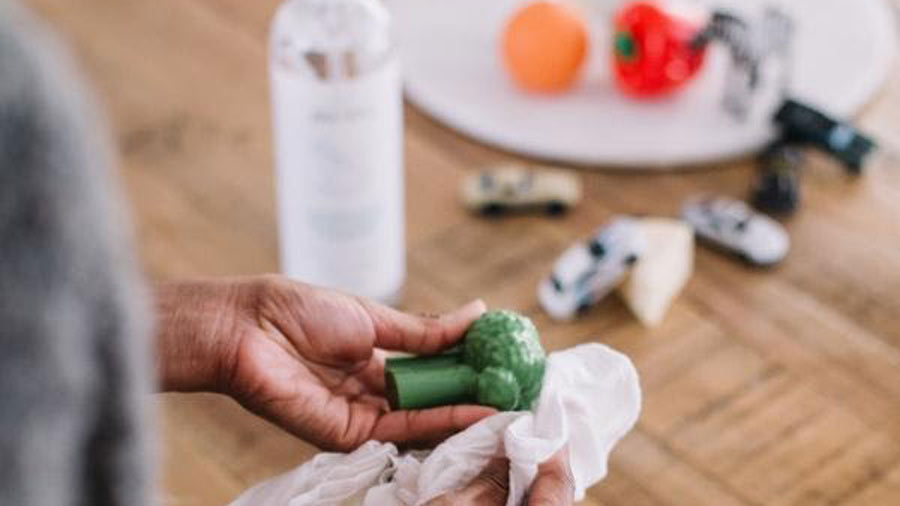
Cleaning toys regularly reduces bacteria, mold, and fungi buildup. And to properly disinfect them (more on that below), toys need to be cleaned first.
How to Clean Wooden Toys

Dunking wooden toys in water causes them to warp over time. Instead, use a gentle microfiber cloth sprayed with our Natural Surface Cleaner (or dampened with soap and warm water). Allow these items to air dry after cleaning.
Pro Tip: Because younger children tend to put toys in their mouths, avoid using wood furniture polishes on them.
How to Clean Plastic Toys

Most plastic toys can be cleaned in the dishwasher, but always check the manufacturer’s instructions first. Keep them from warping by placing smaller toys in a colander on the top shelf.
You can also use a solution of hot, soapy water, and an old toothbrush to get into tiny nooks and crannies. Use an aerated faucet to thoroughly rinse with cold water. Squeeze or shake toys over the sink, then air dry them on a drying rack or a clean towel.
Disinfecting Stuffed Animals & Other Plush Toys
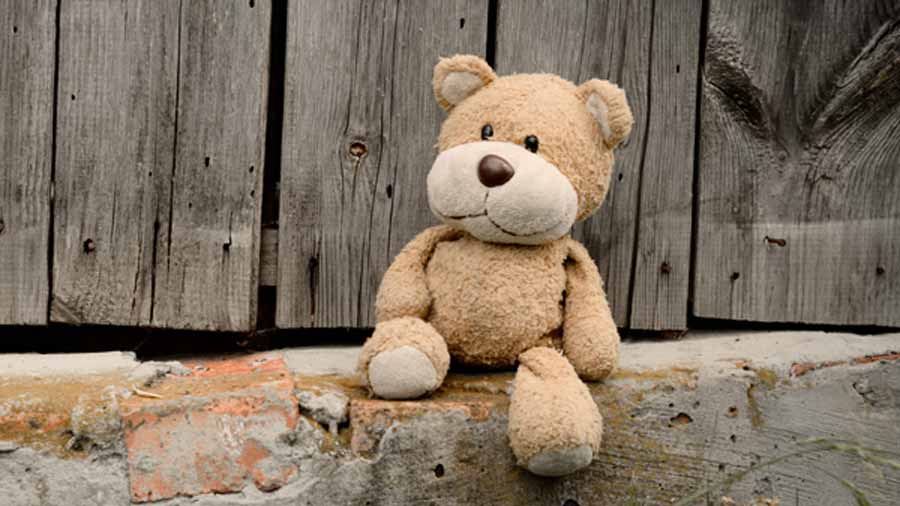
It's tough to pry your child’s favorite teddy bear away from them, but you really do need to clean it regularly.
- If you see stains, spot treat them with Puracy Stain Remover (as directed).
- Look for loose parts and/or tears in the fabric. Repair these before washing.
- You may be able to pop stuffed animals, blankets, and other soft toys right in the washer using a mesh laundry bag. Check label instructions.
- If you want to sanitize stuffed animals, shampoo or launder them on the hottest setting possible.
- For delicate toys that can’t be machine-washed, follow our Natural Stain Remover directions.
Disinfecting Toys with Bleach

To kill the majority of germs, follow cleaning with disinfecting – but always be aware of the potential dangers of bleach.
You can spray hard and non-porous surfaces with a bleach solution for disinfecting toys: 4 teaspoons bleach per quart of water. You may also soak them in a basin full of the bleach solution for five minutes.
If you use a bleach solution, always follow manufacturer instructions and thoroughly rinse all surfaces to remove any residue. Let items air dry.
How to Disinfect Toys Without Bleach

Parents shouldn't have to worry about caustic chemicals. That's why we think that the best way to disinfect toys is with our Disinfecting Surface Cleaner. This product is:
- hydrogen peroxide-based
- biodegradable
- CDC-approved
- EPA-listed
- tested to kill 99.9+% of germs and viruses in 10 minutes.
Spray this hydrogen peroxide disinfectant onto objects, let stand for 10 minutes, and wipe using a clean, dry microfiber towel. It's the ideal way to disinfect toys.
How to Clean Outside Toys

Don’t forget about outdoor toys like swing sets, bicycles, and sports equipment. Carry out routine checks to make sure toys and equipment aren’t broken or missing parts. As long as you follow product instructions, you can clean outdoor play equipment just like indoor toys.
Pro Tip: For extra-dirty outdoor materials, start by cleaning them off with a garden hose. Use a soft-bristled brush and Puracy Dish Soap, then follow with the other cleaning steps outlined above.
How to Limit Playground Germs

Here are a few simple ways to limit the spread of germs and illnesses at playgrounds, parks, and beaches.
1. Encourage Good Hygiene
Parents can’t wipe down every single playground surface, but we can try and teach kids how to keep their hands off their faces (and out of their mouths).
Remind children that when they have to cough or sneeze, they should turn away from the playground and anyone in close proximity. Teach them to sneeze and cough into their elbow and then wash that area (with soap and water) as soon as a sink is available.
2. Stop Germs at the Door
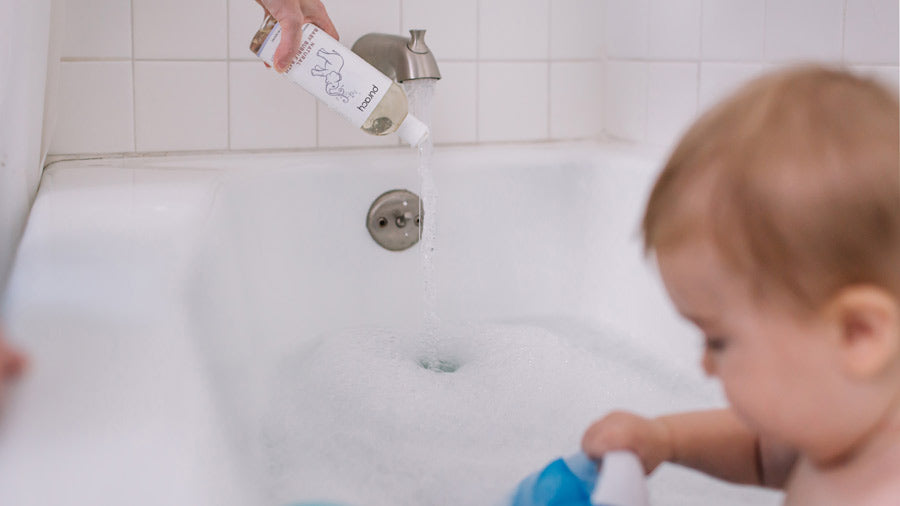
Don't let kids track germs through your house: Have them remove their shoes, immediately throw clothes into the washing machine, and march to the bathroom to wash up. A rich, sudsy bubble bath is the perfect way to end playtime.
3. Avoid Sandboxes (or Keep Them Covered)

Sandboxes can contain parasitic germs like ringworm, toxoplasmosis, and C. diff bacteria, which are transmitted especially by animals depositing waste in the sand. Try to steer children away from public ones. If you have a sandbox at home, keep it clean by:
- Keeping the sandbox covered when not in use.
- Checking diapers for leaks before children enter the sandbox.
- Making sure children don’t eat the sand.
- Washing hands immediately after playing.
- Allowing wet sand to dry in direct sunlight (before replacing the cover).
4. Press Pause on Playdates

Anyone who’s had a stomach bug go through the family knows just how unpleasant – and contagious – they can be. Your child may not want to forego the fun, but it's vital to hold off on playdates until they feel better.
Always consult your physician for individual care, but the following guidelines are typically recommended:
- Children with flu-like symptoms should stay home.
- Children with fevers should remain at home for at least 24 hours after the fever is gone (without the use of fever-reducing medications.)
- Children who are immunocompromised may need to stay home longer.
Formulated by Biochemists, Trusted by Families

Keeping clean hands and a clean home are the first steps to reducing exposure to germs and viruses.Safe for countertops, playthings, and everything your child can get their hands on, our Disinfecting Surface Cleaner is engineered – and proven – to remove life’s biggest and smallest messes.

























